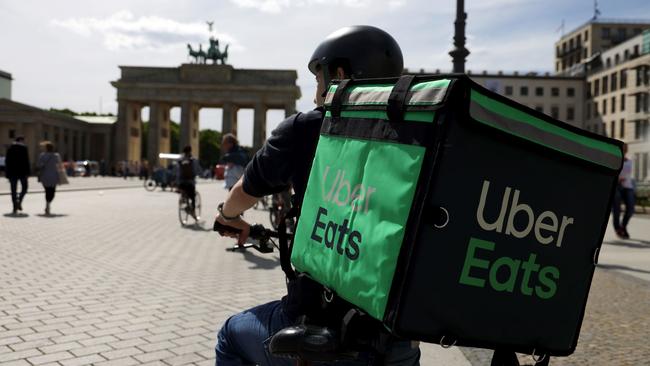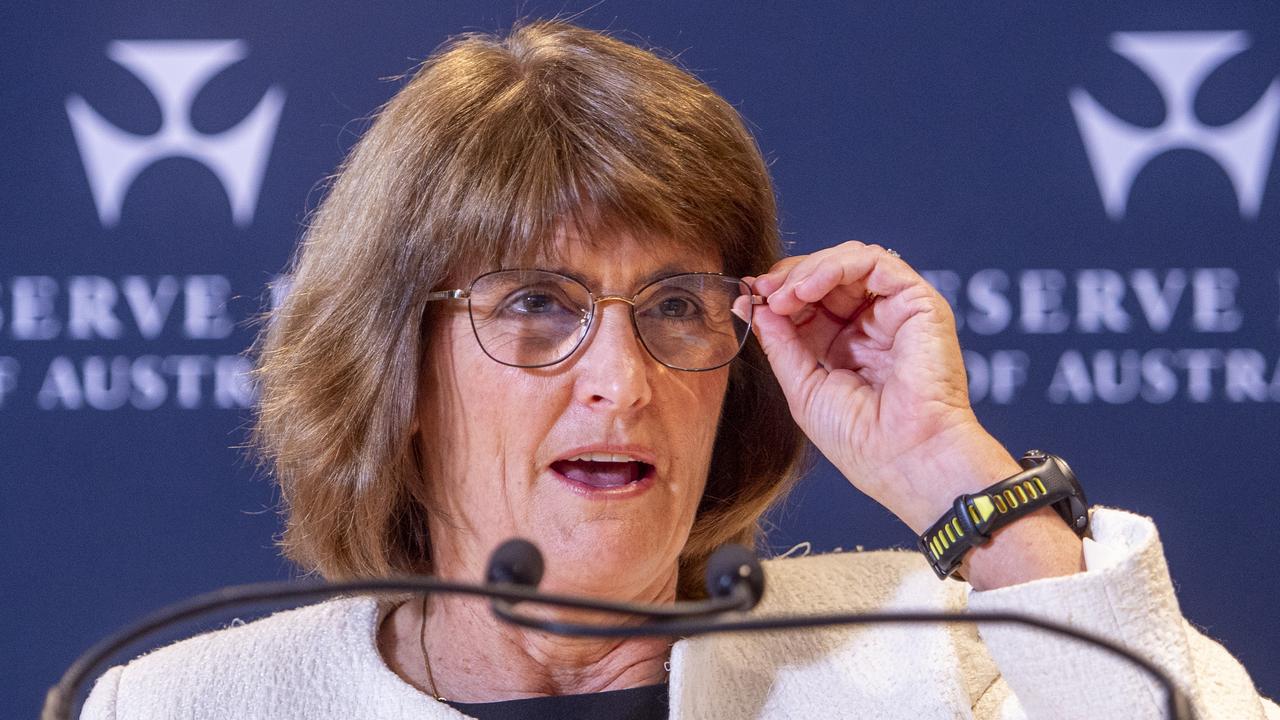Uber dips on disappointing earnings
Uber Technologies has spooked investors with a mid-term earnings forecast that fell short of expectations.

Uber Technologies has spooked investors with a mid-term earnings forecast that fell short of expectations and overshadowed the company’s pledge to be cashflow-positive by the end of this year.
Chief financial officer Nelson Chai said Uber’s most closely watched earnings metric – adjusted earnings before interest, taxes, depreciation and amortisation – would come in at roughly $US5bn in 2024. That would be a big turnaround from the $US774m loss it posted by that measure in 2021, but the forecast fell short of the $US5.3bn that analysts polled by FactSet were expecting. Investors look at the metric to gauge the strength of a company’s underlying operations.
Shares in Uber fell 6 per cent on Thursday.
Mr Chai outlined other targets at the company’s investor day in New York City.
If Uber is cashflow-positive by year-end, it would mark the first time the underlying business of the ride-hailing and delivery company generates more cash than it spends. Investors say a company with a lot of cash can better survive shocks and unexpected downturns, even if business slows and revenue and earnings suffer, as they have during the Covid-19 pandemic.
It isn’t uncommon for Silicon Valley start-ups to bleed red ink. Uber, which was founded in 2009 and went public in 2019, has been under increasing pressure from investors to show it has a path to sustainable profits.
Mr Chai said the company expected to generate meaningful cashflow in the near term, without specifying how much. He also said the company aimed to nearly double its gross bookings in the next three years.
San Francisco-based Uber expects gross bookings between $US165bn and $US175bn by 2024, compared with $US90bn in 2021. Uber has trimmed its losses during the pandemic, cutting staff and shedding non-core operations such as the company’s self-driving unit. The company posted its first quarterly adjusted Ebitda profit last year. Uber had “turned the crisis into an opportunity”, Mr Chai said.
Andrew Macdonald, Uber’s global head of mobility, said he expected traditional taxis to fuel the next wave of growth for Uber’s core ride-hailing operations, particularly in highly regulated markets. He outlined an ambitious goal: listing every taxi on Uber by 2025.
“I understand the irony of this: the Uber guys telling you taxis are the future,” he said.
In Spain, where the company began working with taxi fleets, Uber’s rides business has more than doubled since 2018. In markets such as Turkey and Japan, taxis are Uber’s main ride offering. Customers who come to Uber to hail traditional taxis ended up using other products such as its Uber Eats delivery service, driving more business for the company, Mr Macdonald said.
Pierre-Dimitri Gore-Coty, Uber’s global delivery chief, took charge of the food-delivery business just before the onset of the pandemic, when it was considered a “little brother” to the rides business. The company’s food-delivery business became larger than its ride-hailing business during the health crisis, as Uber delivered everything from groceries to alcohol.
“We see grocery as an entry point to retail more broadly,” Mr Gore-Coty said. Uber is expanding to deliver items as diverse as electronics, pet food and cosmetics to consumers, and has formed partnerships with businesses such as Apple and Adidas to serve as a carrier for orders placed directly on those retailers’ websites.
More offerings translate to more orders for drivers to carry during a trip, leading to cost savings for Uber. As a result, Uber has trimmed its losses from its capital-intensive delivery business during the pandemic.
Uber’s revenue for the latest quarter climbed 83 per cent, driven by a recovery in the rides business and continued demand for food delivery.
Some of the uptick in Uber’s revenue was driven by high prices for rides.
The Wall Street Journal


